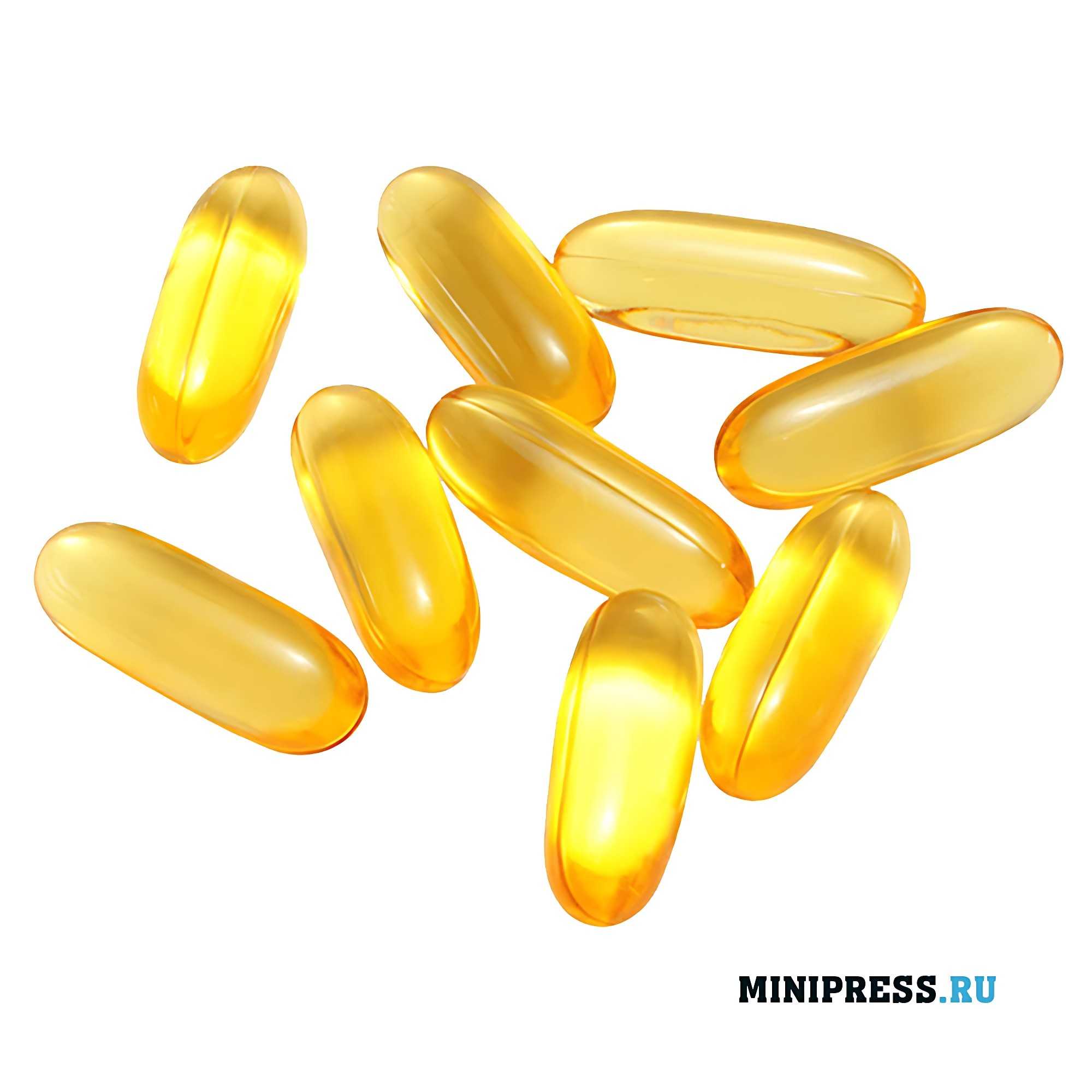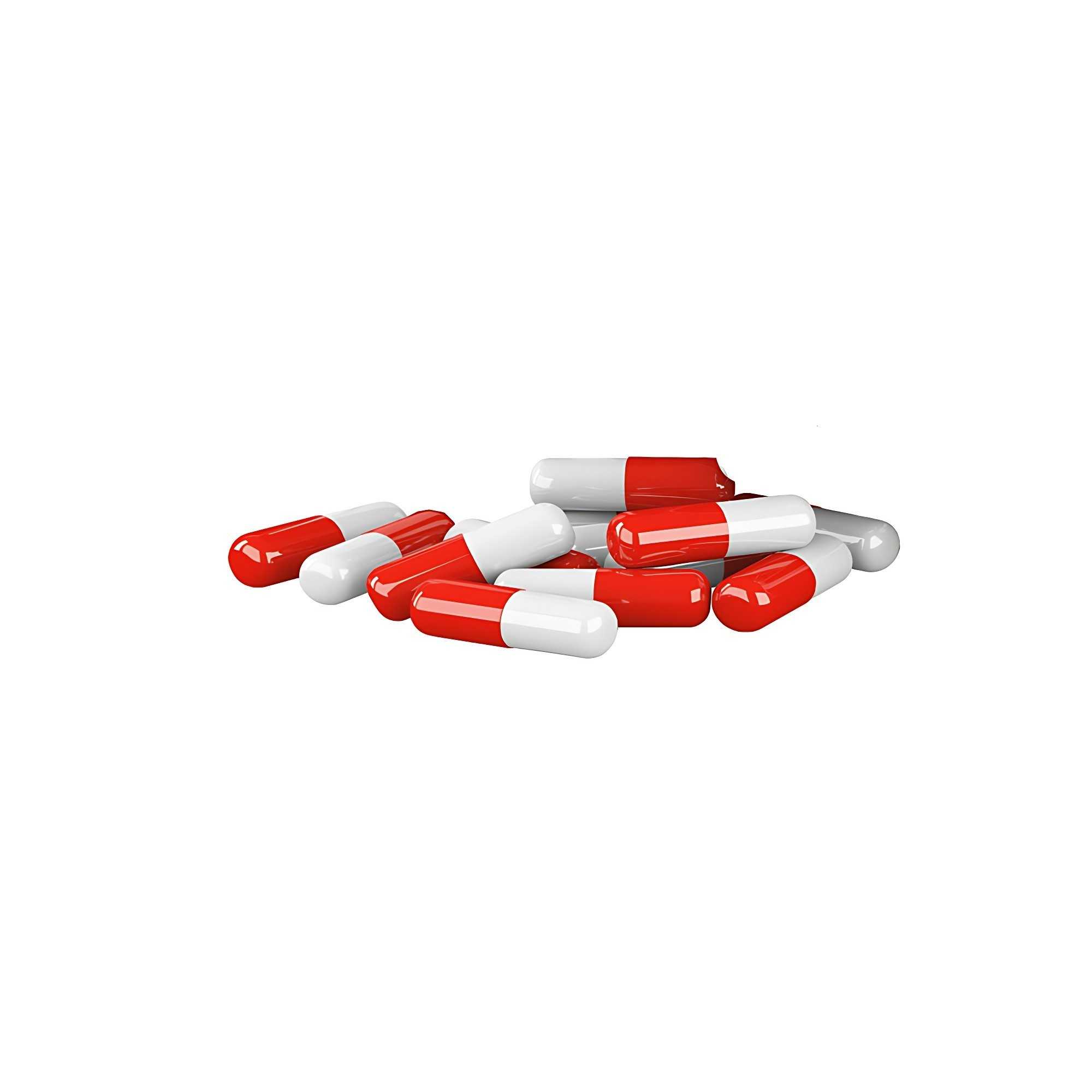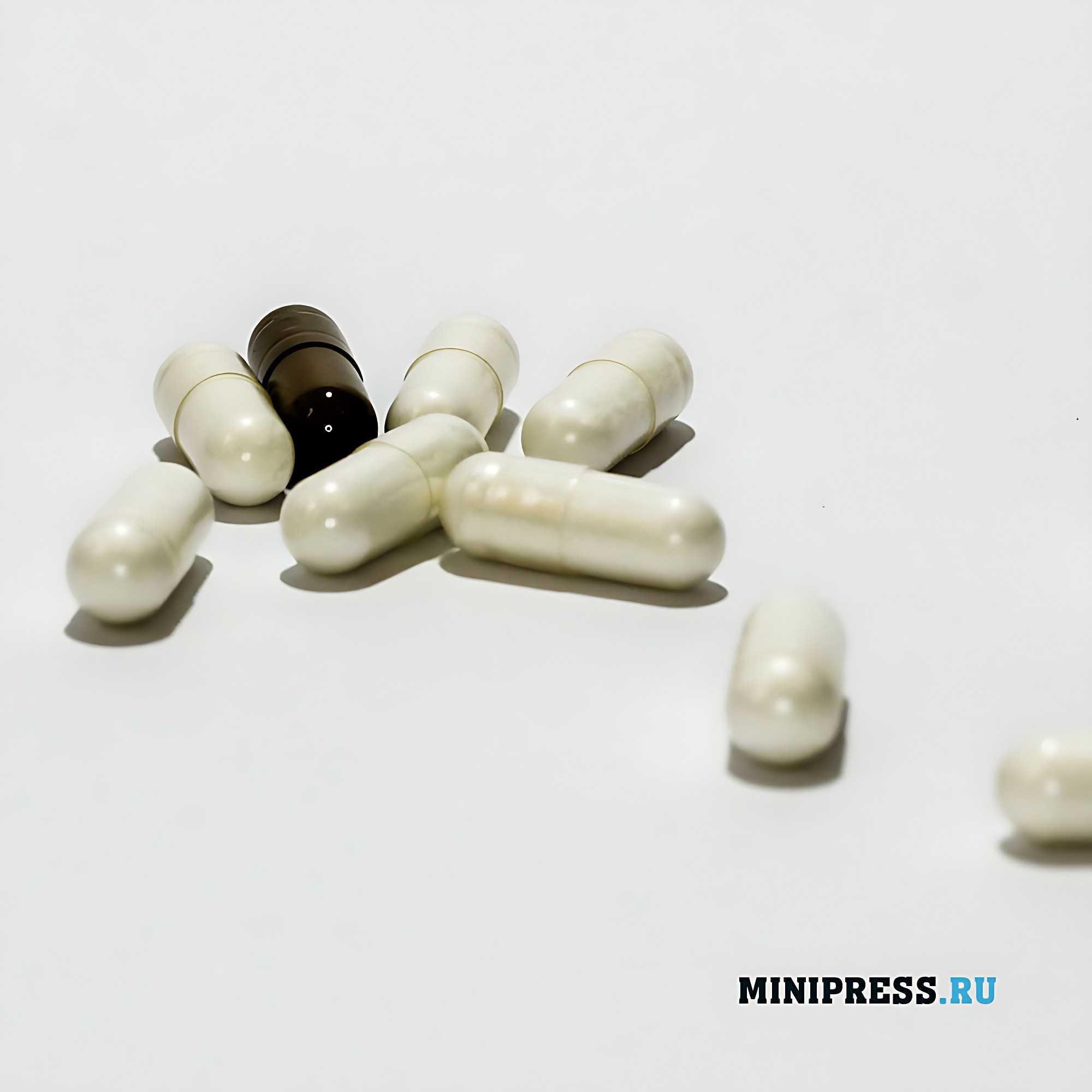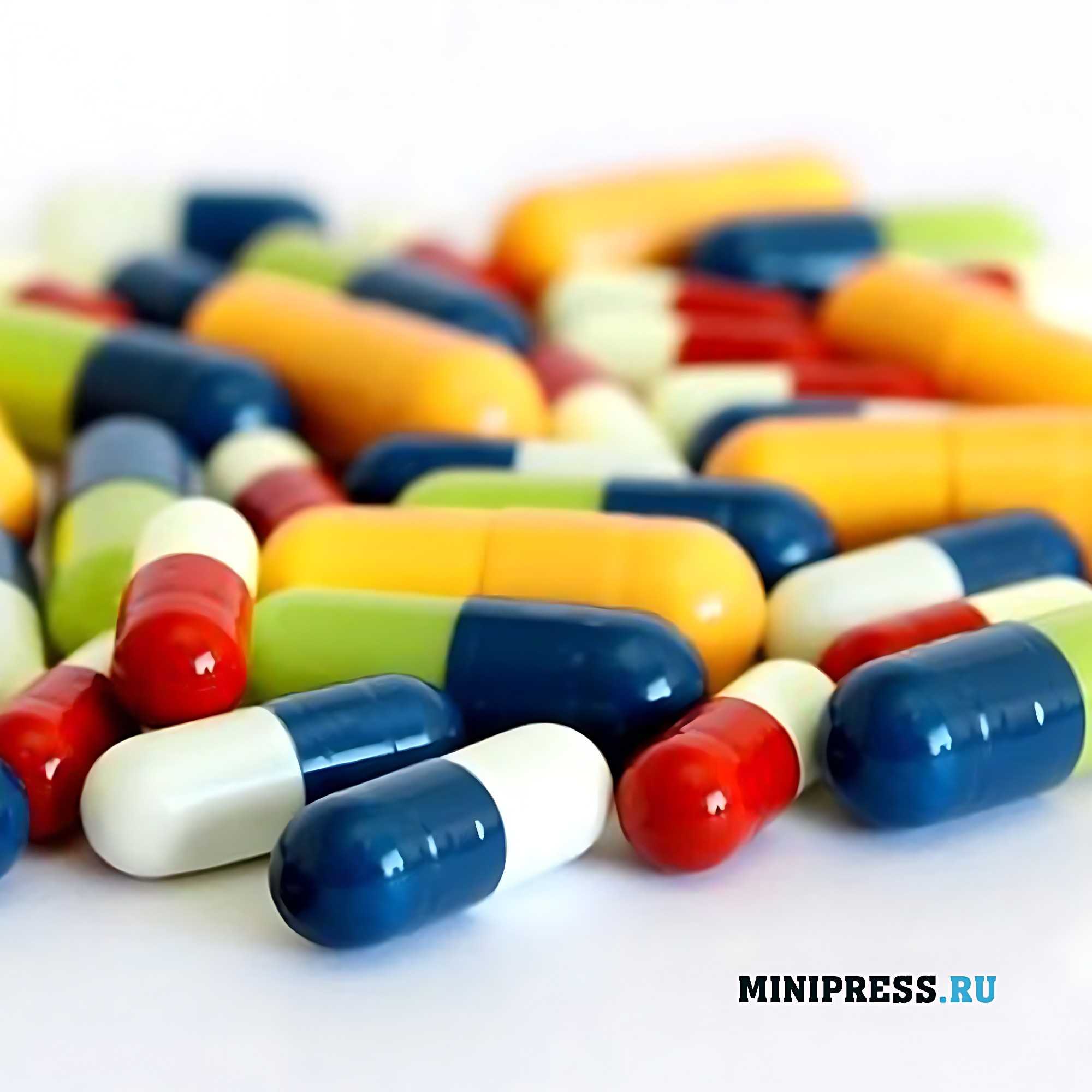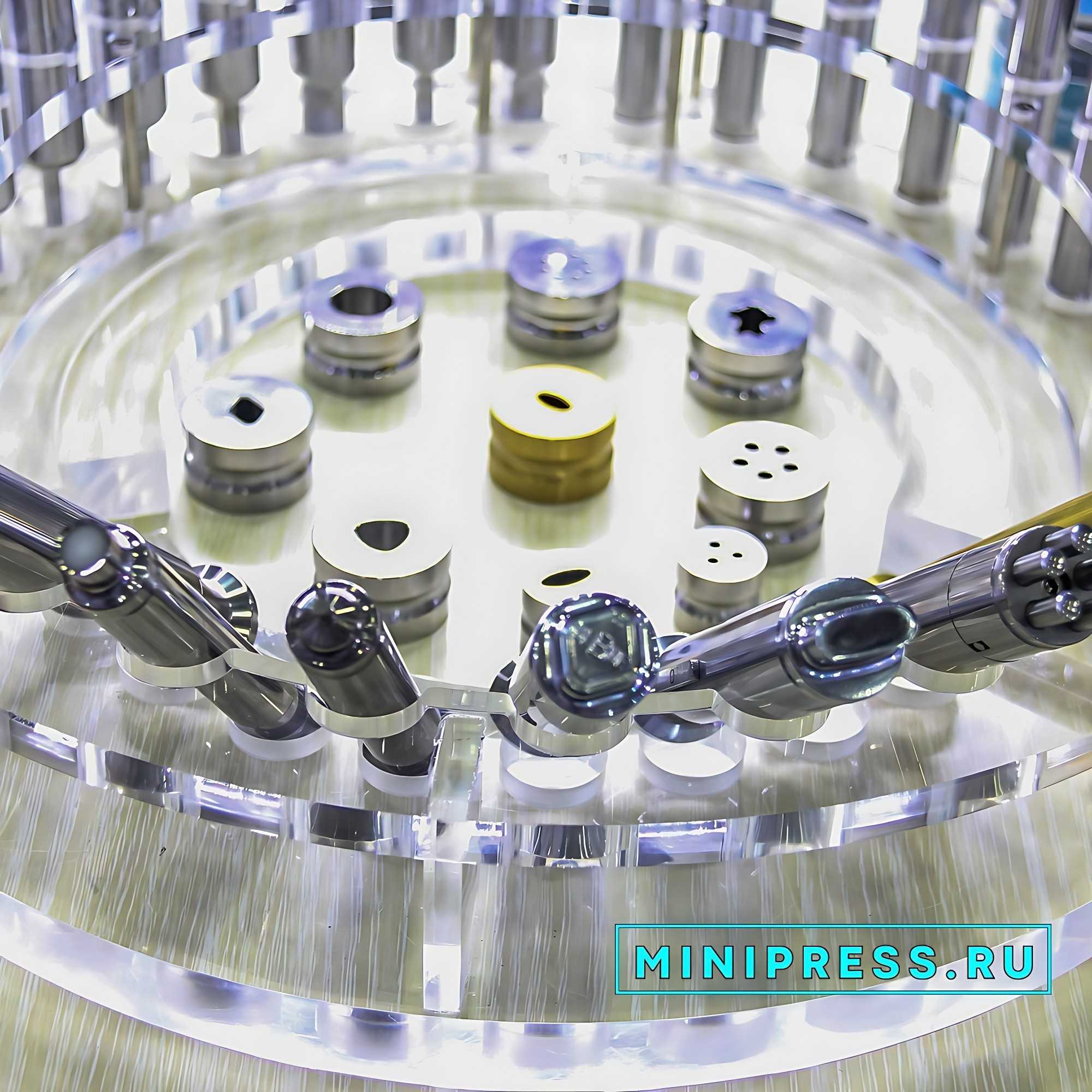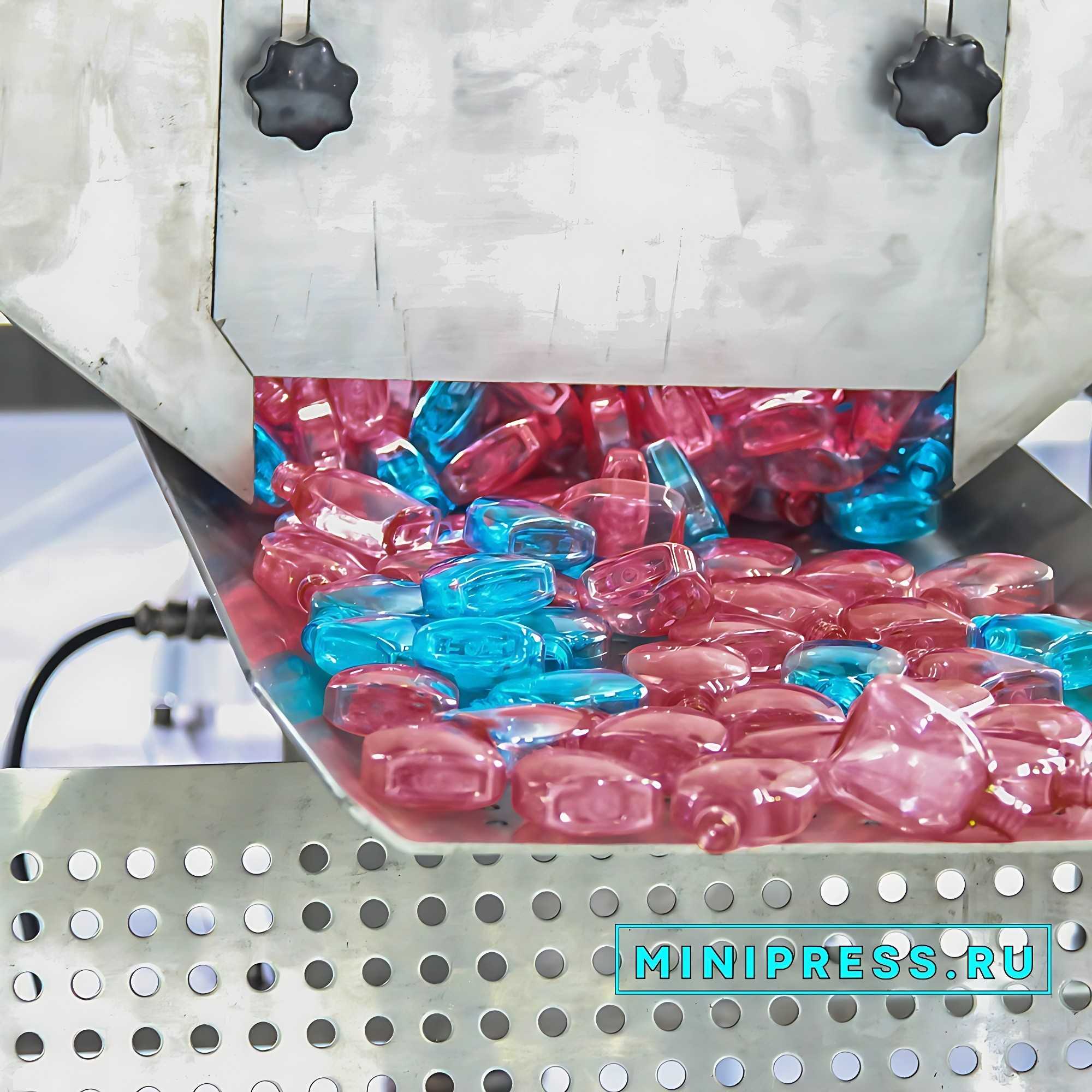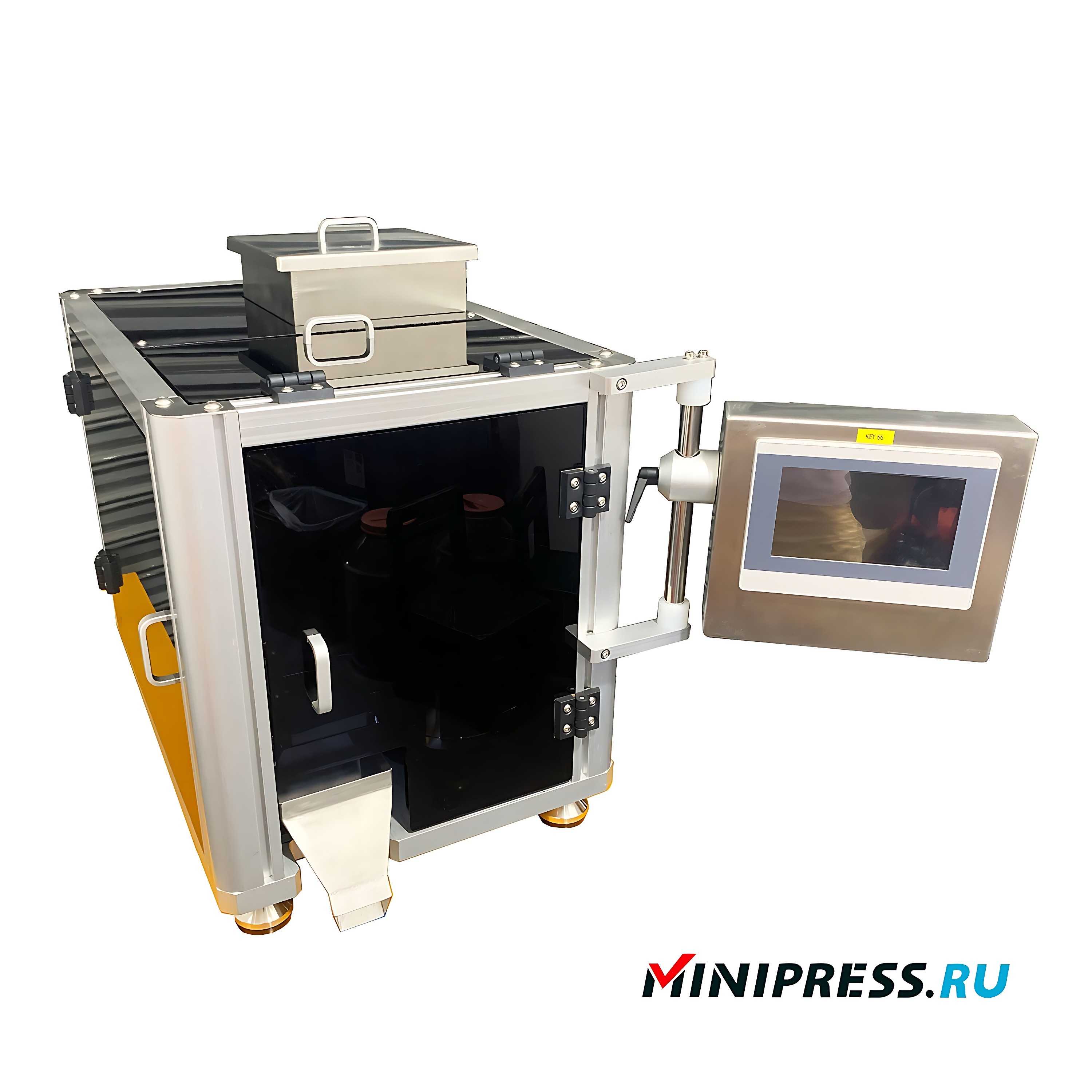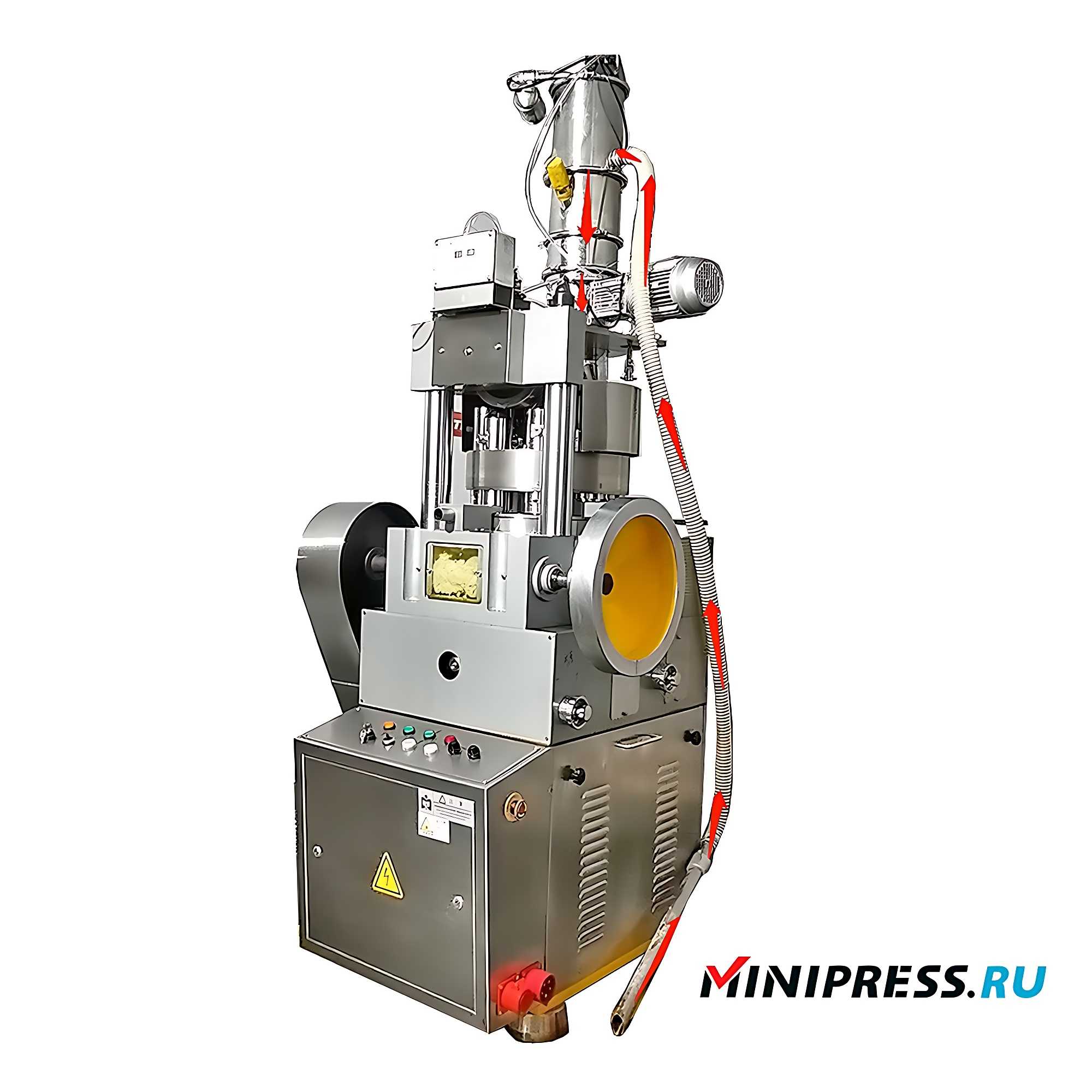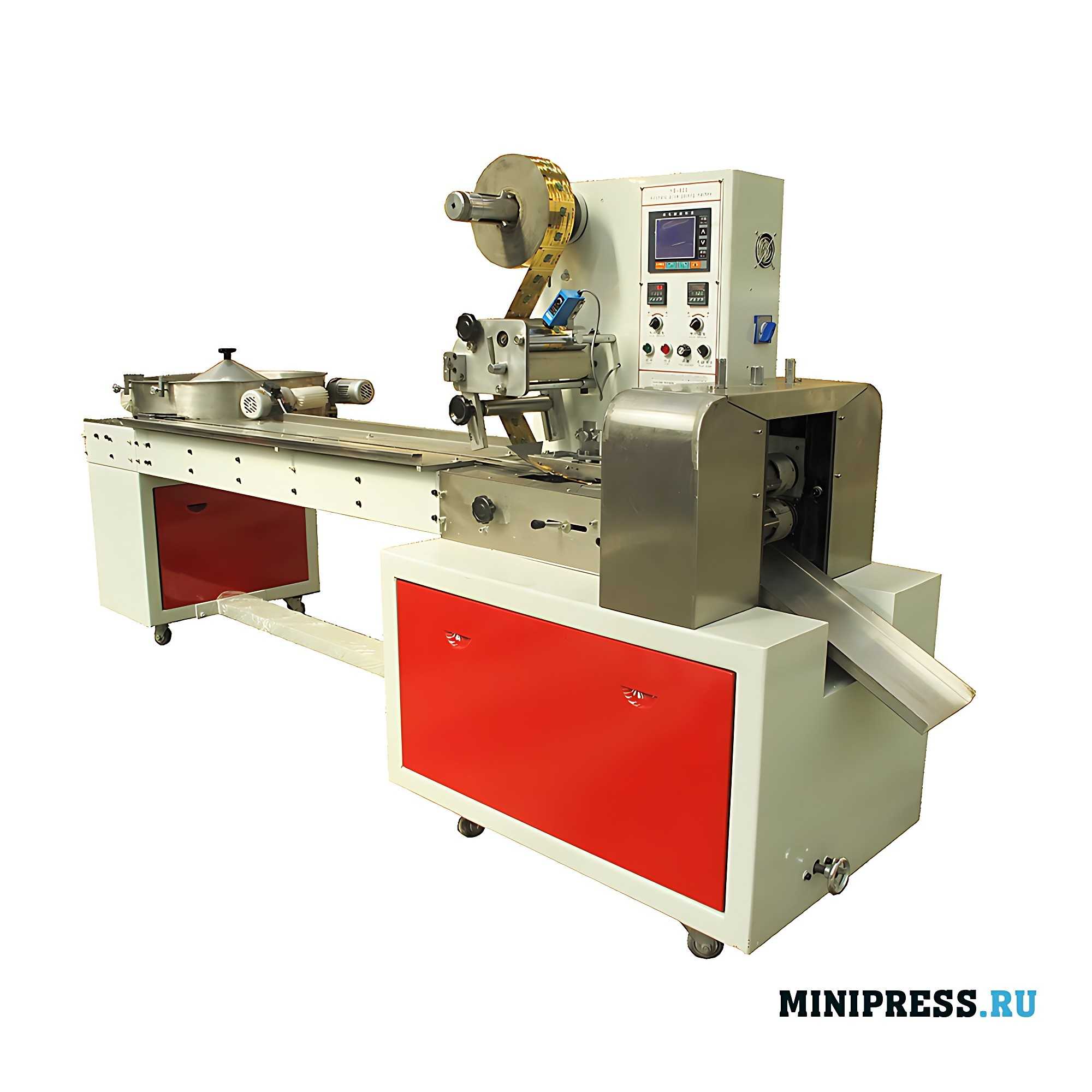 Video review of the model
Video review of the model
 Our service and customer service
Our service and customer service
One of the most important factors is the intended use of the product, which determines the conditions under which the encapsulated substance is used and its properties are manifested. This determines the choice of film-forming material and the resulting choice of microencapsulation medium. Slow release of the substance by diffusion requires the use of a film-forming material that swells rather than dissolves in the medium in which the microcapsules are used. On the other hand, rapid release can be achieved by selecting a film-forming material that is soluble, meltable or brittle. A further factor is the stability and solubility of the encapsulated substance under microencapsulation conditions. The instability of many substances even at a slight increase in temperature (enzymes, some vitamins, volatile liquids) limits the possibility of using methods involving heating. Methods based on the separation of liquid phases (methods of formation of a new phase from solutions) can be an alternative in this case. In this case, the properties of the substance will determine the choice of dispersion medium and dispersed phase. Of great importance is the cost of the process, so preference is given to methods involving a smaller number of stages and carried out in a continuous mode. The required size of the microcapsules, the content of the encapsulated substance and the efficiency of microencapsulation are also important factors. The above classification of microencapsulation methods, which is based on the nature of the processes occurring during microencapsulation, is rather conventional. In practice, a combination of different methods is often used. Below we will consider the most frequently used in the chemical-pharmaceutical industry methods of microencapsulation.
 Pharmaceutical Glossary
Pharmaceutical Glossary
 Technical specifications
Technical specifications
The main component of microcapsules – the substance to be encapsulated – can be in any aggregate state – liquid, solid, gaseous. The existing methods provide the possibility of microencapsulation of both lyophilic and lyophobic substances. The contents of microcapsules may include an inert filler, which is the medium in which the substance was dispersed in the process of microencapsulation, or is necessary for the subsequent functioning of the active substance. The content of the encapsulated substance in the microcapsules is typically 50-95% of the weight of the capsules. This value may vary depending on the technology and conditions of production, the required ratio of shell material and encapsulated substance, as well as on other process parameters: temperature, degree of dispersion, viscosity of the medium, presence of surfactants, etc. The term “microcapsules” or “nanocapsules” can refer to many different structures. One can use molecules within which the active ingredient is trapped, as well as complexes of complex molecules from which nanocapsules or nanospheres are formed. Nanoencapsulation is said to occur when the size of the molecules is less than a few micrometers. When the size of the molecules is less than one millimeter, we speak of microencapsulation. Different classes of substances can be used as shell material or encapsulating matrix: Waxes and lipids: beeswax, candelilla and carnuba waxes, wax emulsions, glycerol distearate, natural and modified fats. Proteins: gelatin, wheat proteins, soy proteins, zein, gluten, etc. Both proteins themselves and their modifications are used. Carbohydrates: starches, maltodextrins, chitosan, sucrose, glucose, ethyl cellulose, acetate cellulose, alginates, etc.
 Additional information
Additional information
Degradable polymers: polypropylene, polyvinyl acetate, polystyrene, polybutadiene, etc. The choice of material of shells or encapsulating matrix depends on the purpose, properties and method of release of the encapsulating agent, as well as on the chosen method of microencapsulation. The contents of microcapsules can be released by mechanical destruction of the shells under pressure, by friction, ultrasonic action, melting, by rupture from the inside by vapors or gaseous substances released under changing external conditions, by interaction of the shell substance with the medium when dissolved in it, as well as by diffusion of the contents when the capsule walls swell in the surrounding liquid. Existing methods of microencapsulation can be divided into three main groups: Physical methods of microencapsulation are based on methods of forming shells by mechanical techniques. This group of methods includes fluidized bed coating, extrusion using centrifuges or through tube-in-tube forming devices, vapor condensation (vacuum spraying). Chemical methods are based on chemical transformations leading to film-forming material, namely – formation of a new phase by cross-linking of polymers, poly condensation and polymerization. Both high molecular weight substances (oligomers or polymers) and low molecular weight substances can be subjected to chemical transformations. Physicochemical methods include coacervation, precipitation of film-forming polymer from aqueous medium by adding a component that reduces its solubility, formation of a new phase by temperature change, evaporation of a volatile solvent, solidification of melts in liquid media, extraction substitution, spray drying, and physical adsorption. When selecting a microencapsulation method, several major factors must be considered.
Order status tracking
The MZ-10 expiration date and date handheld printer has still not been delivered. The driver did not answer and dropped calls yesterday. 03/01/2026 07:33
Hello Benjamin, Transportation has advised that in the interval from 14:00-16:00 driver will definitely deliver the box to your address. We apologize. 03/01/2026 07:35
Have you received payment from our company ? When can we expect delivery ? Please specify realistic terms. 03/01/2026 07:43
Good afternoon Benjamin, You paid a few hours ago. We told you that the delivery time is 30 to 45 days. in the interval from 10:00-12:00 we will get a reply from the manufacturer on the final time frame. 03/01/2026 07:45
Good day , Electronic conveyor belt package weight detector DK-05 when will we receive in Bruges ? 03/01/2026 07:53
Hello Liam, your shipment is in the customs warehouse, tomorrow until 16:30 your manager Natalia will contact you. 03/01/2026 07:56
For shipping to Milan do you have to pay anything extra ? 03/01/2026 08:03
Good day Eleanor, In our catalog, all prices are inclusive of shipping to the customer's door. Delivery to Milan is included. 03/01/2026 08:05
RZW-29 rotary tablet press in Lisbon. Regards, Elijah. 03/01/2026 08:13
Elijah, Delivery will be made in the interval from 14:00-16:00 to Lisbon . Please have the movers ready. The weight of the equipment is heavy. 03/01/2026 08:14
Rotary tablet press RZK-25 I want to order with delivery to Berlin 03/01/2026 08:23
Good day, William We have checked the information on your request, unfortunately the factory has stopped production of this model of equipment. Send to the mail a description of your task, or contact your manager. We will help in any case with the choice. 03/01/2026 08:24
Good afternoon, we received the PR-15 powder dispenser in plastic vials, scheduled between 12:00-14:00 to open the box and test. 03/01/2026 08:33
Wyatt, good afternoon. Great news, please send a photo and video report to WhatsApp +79853643808. 03/01/2026 08:35
Roman, our company bought VL-100 V-shaped powder mixer, but it is not enough for us, can we return it and exchange it for V-300 model? 03/01/2026 08:43
Amelia, good afternoon. When we corresponded with you, I warned you that this is a model with a small load. Unfortunately we can not pick up the equipment. As an option, we will offer our customers with a discount. 03/01/2026 08:43
Waiting for delivery to Geneva of a TR-02 hard gelatin capsule polishing machine. What about it? 03/01/2026 08:53
Hello Aurora, on your order we inform you that tomorrow until 17:30 the driver will contact you to clarify the time and place of unloading. 03/01/2026 08:55
I'm waiting to get my XL-12 plastic bottle filling and capping machine to Lisbon, then I want to buy an automatic capsule machine model GN-28 03/01/2026 09:03
Good afternoon, Sophia! On the first question - the shipment will arrive in Lisbon tomorrow until 17:30. On the second question - the model GN-28 will be processed under a new contract ? Contact the office. 03/01/2026 09:03
- MACHINES FOR FORMING AND FILLING PLASTIC AMPOULES
- EQUIPMENT FOR PACKING POWDERS INTO VIALS
- SPRAY DRYING EQUIPMENT FOR SUSPENSIONS
- EQUIPMENT FOR THE PRODUCTION OF TABLETS
- BOTTLE FILLING AND CAPPING EQUIPMENT
- HIGH-PRECISION DOSING MACHINES POWDER FILLING MACHINES
- EQUIPMENT FOR COATING TABLETS
- EQUIPMENT FOR POLISHING AND DEDUSTING TABLETS AND CAPSULES
- AUTOMATIC EQUIPMENT FOR REMOVING TABLETS AND CAPSULES FROM BLISTERS
- EQUIPMENT FOR FILLING AND SEALING GLASS AMPOULES
- EQUIPMENT FOR PRINTING LOGO ON TABLETS AND CAPSULES
- EQUIPMENT FOR FILLING HARD GELATIN CAPSULES WITH POWDER
- EQUIPMENT FOR PACKAGING TABLETS AND CAPSULES IN PLASTIC BOTTLES
- EQUIPMENT FOR FILLING CREAMS AND SEALING PLASTIC TUBES
- EQUIPMENT FOR WASHING AND STERILIZING BOTTLES
- MACHINES FOR THE PRODUCTION OF SUPPOSITORIES
- EQUIPMENT FOR COUNTING AND PACKAGING TABLETS AND CAPSULES IN BOTTLES
- EQUIPMENT FOR AUTOMATIC BOTTLE FEEDING FOR FILLING LINES
- EQUIPMENT FOR SCREW FEEDING OF POWDERS
- EQUIPMENT FOR VACUUM TRANSPORTATION OF POWDERS
- EQUIPMENT FOR HOMOGENIZING CREAMS AND OINTMENTS
- EQUIPMENT FOR EFFICIENT MIXING OF POWDERS
- POWDER GRANULATION EQUIPMENT
- AUTOMATIC PHARMACEUTICAL CENTRIFUGES
- EQUIPMENT FOR PACKAGING FOOD PRODUCTS IN DOY-PACK PACKAGES
- EQUIPMENT FOR PACKAGING TABLETS IN STRIPS AND TUBES
- EQUIPMENT FOR INDUCTION SEALING OF ALU FOIL BOTTLES
- EQUIPMENT FOR VACUUM PACKAGING IN PLASTIC BAGS
- EQUIPMENT FOR METAL DETECTOR IN GELATIN CAPSULES AND TABLETS
- EQUIPMENT FOR PACKAGING BULK MATERIALS IN PLASTIC BAGS
- EQUIPMENT FOR WRAPPING CARDBOARD BOXES WITH CELLOPHANE
- EQUIPMENT FOR FILLING AND PACKAGING HERBAL TINCTURES
- EQUIPMENT FOR PACKAGING PRODUCTS IN A FLOW PACK
- EQUIPMENT FOR APPLYING THE EXPIRATION DATE AND BATCH NUMBER TO PRODUCTS
- AUTOMATIC EQUIPMENT FOR SELF-ADHESIVE LABELS ON PACKAGING
- AUTOMATIC EQUIPMENT FOR BLISTER PACKAGING
- EQUIPMENT FOR FILLING LIQUIDS IN PLASTIC AND METAL BARRELS
- EQUIPMENT FOR WEIGHT CONTROL AND SORTING OF CARDBOARD BOXES WITH MEDICINE
- EQUIPMENT FOR PACKING TEA INTO TEA BAGS WITH THREAD AND LABEL
- EQUIPMENT FOR THE MANUFACTURE AND PACKAGING OF WET ALCOHOL WIPES
- FLOW-PACK PACKAGING MACHINES
- SEMI-AUTOMATIC EQUIPMENT FOR FILLING GELATIN CAPSULES
- DESKTOP EQUIPMENT FOR LIQUID DOSING
- EQUIPMENT FOR AUTOMATIC DOSING OF CREAMS AND OINTMENTS
- DESKTOP EQUIPMENT FOR MIXING POWDERS
- DESKTOP EQUIPMENT FOR HIGH-SPEED EMULSION PRODUCTION
- MANUAL EQUIPMENT FOR FILLING GELATIN CAPSULES WITH POWDER
- EQUIPMENT FOR THE PRODUCTION OF FISHING BOILIES
- EQUIPMENT FOR POWDERING PHARMA RAW MATERIALS
- EQUIPMENT FOR MIXING LIQUIDS WITH MICROWAVE HEATING
- PERISTALTIC PUMPS DISPENSERS
- EQUIPMENT FOR VIBRATING SIEVING OF POWDERS
- MACHINES PRINTING EXPIRATION DATE AND LOT NUMBER
- EQUIPMENT FOR LABORATORY TESTING OF MEDICINES
- SEMI-AUTOMATIC EQUIPMENT FOR BLISTER PACKAGING
- EQUIPMENT FOR FILLING HARD GELATIN CAPSULES WITH POWDER
- EQUIPMENT FOR PACKING POWDERS INTO VIALS
- EQUIPMENT FOR FILLING AND SEALING GLASS AMPOULES
- EQUIPMENT FOR THE PRODUCTION OF TABLETS
- EQUIPMENT FOR COUNTING AND PACKAGING TABLETS AND CAPSULES IN BOTTLES
- EQUIPMENT FOR FILLING CREAMS AND SEALING PLASTIC TUBES
- EQUIPMENT FOR PRINTING LOGO ON TABLETS AND CAPSULES
- SPRAY DRYING EQUIPMENT FOR SUSPENSIONS
- HIGH-PRECISION DOSING MACHINES POWDER FILLING MACHINES
- EQUIPMENT FOR POLISHING AND DEDUSTING TABLETS AND CAPSULES
- AUTOMATIC EQUIPMENT FOR REMOVING TABLETS AND CAPSULES FROM BLISTERS
- MACHINES FOR FORMING AND FILLING PLASTIC AMPOULES
- EQUIPMENT FOR WASHING AND STERILIZING BOTTLES
- MACHINES FOR THE PRODUCTION OF SUPPOSITORIES
- BOTTLE FILLING AND CAPPING EQUIPMENT
- EQUIPMENT FOR COATING TABLETS
- EQUIPMENT FOR PACKAGING TABLETS AND CAPSULES IN PLASTIC BOTTLES
- EQUIPMENT FOR EFFICIENT MIXING OF POWDERS
- EQUIPMENT FOR AUTOMATIC BOTTLE FEEDING FOR FILLING LINES
- EQUIPMENT FOR SCREW FEEDING OF POWDERS
- EQUIPMENT FOR VACUUM TRANSPORTATION OF POWDERS
- EQUIPMENT FOR HOMOGENIZING CREAMS AND OINTMENTS
- AUTOMATIC PHARMACEUTICAL CENTRIFUGES
- POWDER GRANULATION EQUIPMENT
- EQUIPMENT FOR FILLING AND PACKAGING HERBAL TINCTURES
- EQUIPMENT FOR WEIGHT CONTROL AND SORTING OF CARDBOARD BOXES WITH MEDICINE
- EQUIPMENT FOR VACUUM PACKAGING IN PLASTIC BAGS
- AUTOMATIC EQUIPMENT FOR SELF-ADHESIVE LABELS ON PACKAGING
- AUTOMATIC EQUIPMENT FOR BLISTER PACKAGING
- EQUIPMENT FOR WRAPPING CARDBOARD BOXES WITH CELLOPHANE
- EQUIPMENT FOR PACKAGING FOOD PRODUCTS IN DOY-PACK PACKAGES
- EQUIPMENT FOR FILLING LIQUIDS IN PLASTIC AND METAL BARRELS
- EQUIPMENT FOR INDUCTION SEALING OF ALU FOIL BOTTLES
- EQUIPMENT FOR THE MANUFACTURE AND PACKAGING OF WET ALCOHOL WIPES
- EQUIPMENT FOR METAL DETECTOR IN GELATIN CAPSULES AND TABLETS
- EQUIPMENT FOR PACKING TEA INTO TEA BAGS WITH THREAD AND LABEL
- EQUIPMENT FOR APPLYING THE EXPIRATION DATE AND BATCH NUMBER TO PRODUCTS
- EQUIPMENT FOR PACKAGING PRODUCTS IN A FLOW PACK
- EQUIPMENT FOR PACKAGING TABLETS IN STRIPS AND TUBES
- EQUIPMENT FOR PACKAGING BULK MATERIALS IN PLASTIC BAGS
- FLOW-PACK PACKAGING MACHINES
- DESKTOP EQUIPMENT FOR HIGH-SPEED EMULSION PRODUCTION
- EQUIPMENT FOR MIXING LIQUIDS WITH MICROWAVE HEATING
- EQUIPMENT FOR POWDERING PHARMA RAW MATERIALS
- MANUAL EQUIPMENT FOR FILLING GELATIN CAPSULES WITH POWDER
- DESKTOP EQUIPMENT FOR LIQUID DOSING
- PERISTALTIC PUMPS DISPENSERS
- EQUIPMENT FOR AUTOMATIC DOSING OF CREAMS AND OINTMENTS
- MACHINES PRINTING EXPIRATION DATE AND LOT NUMBER
- EQUIPMENT FOR THE PRODUCTION OF FISHING BOILIES
- EQUIPMENT FOR LABORATORY TESTING OF MEDICINES
- SEMI-AUTOMATIC EQUIPMENT FOR BLISTER PACKAGING
- DESKTOP EQUIPMENT FOR MIXING POWDERS
- SEMI-AUTOMATIC EQUIPMENT FOR FILLING GELATIN CAPSULES
- EQUIPMENT FOR VIBRATING SIEVING OF POWDERS








 8259
8259 7667576
7667576